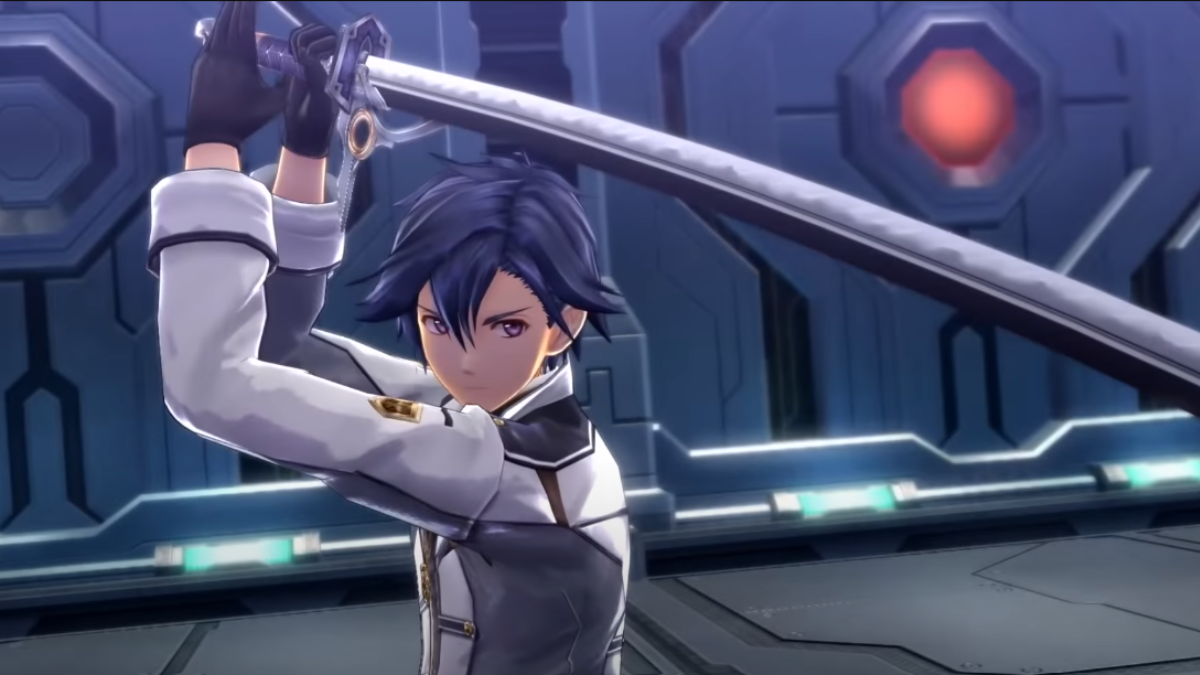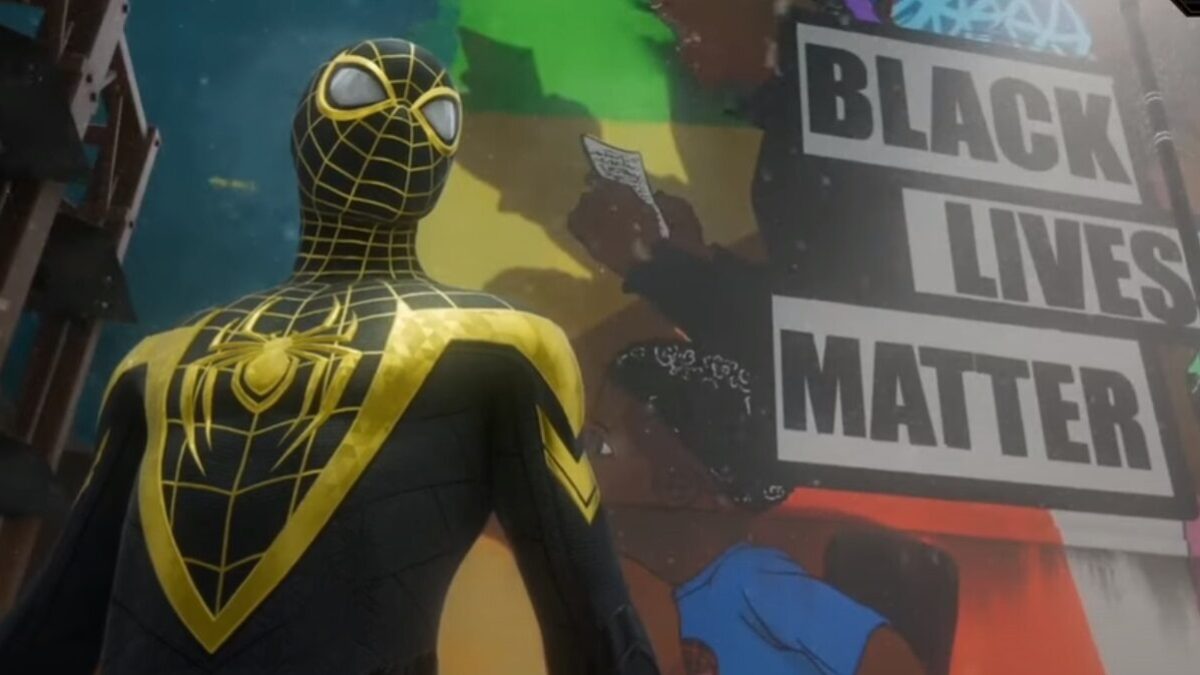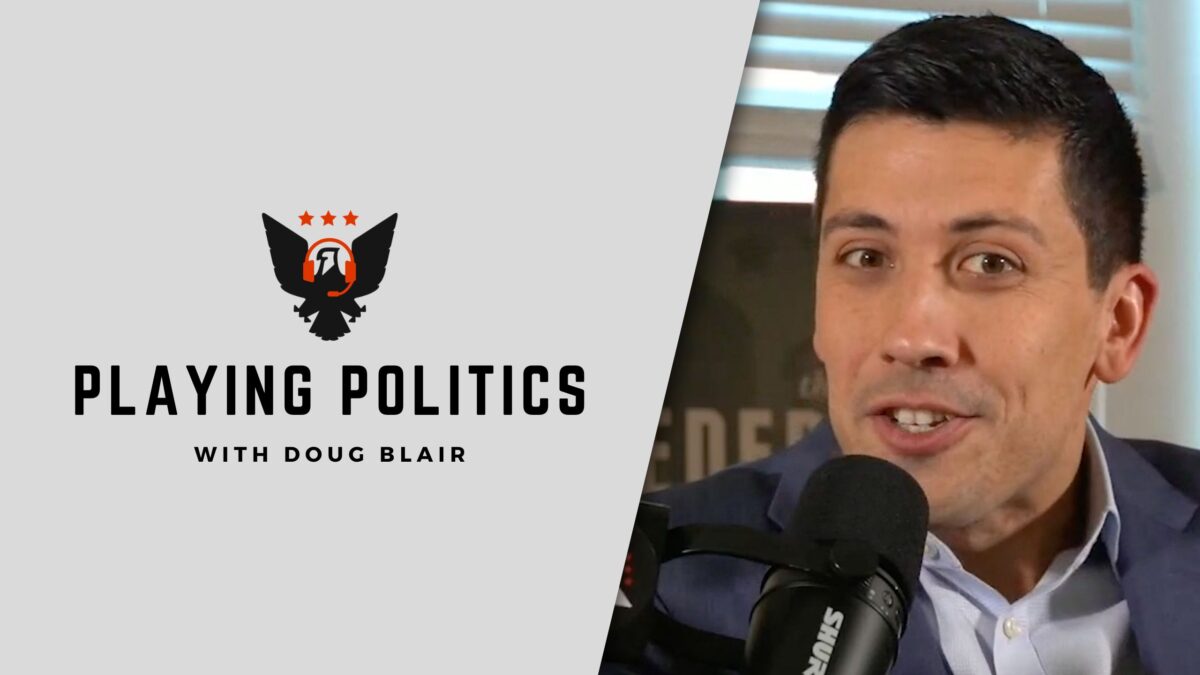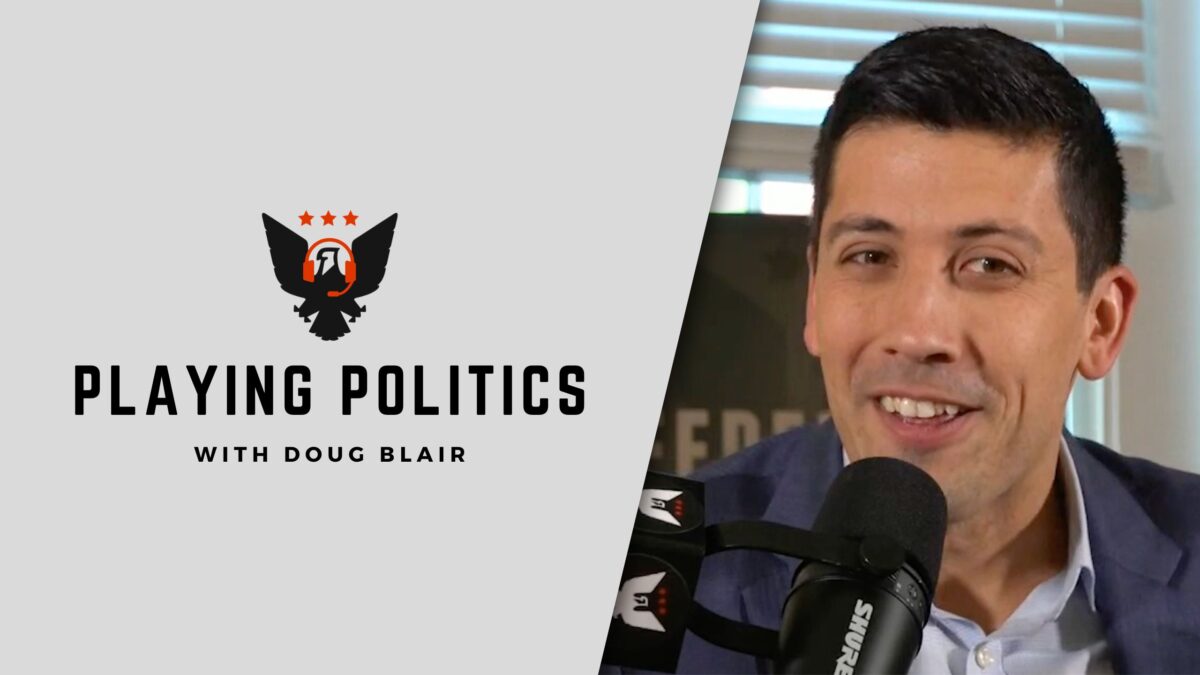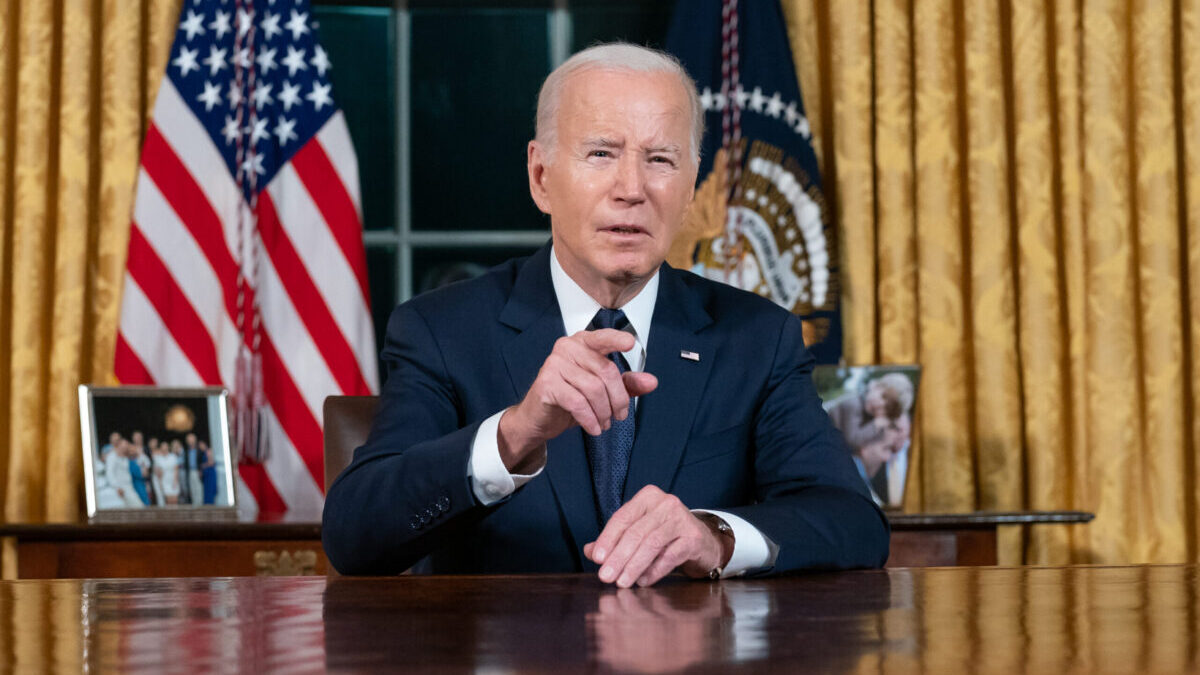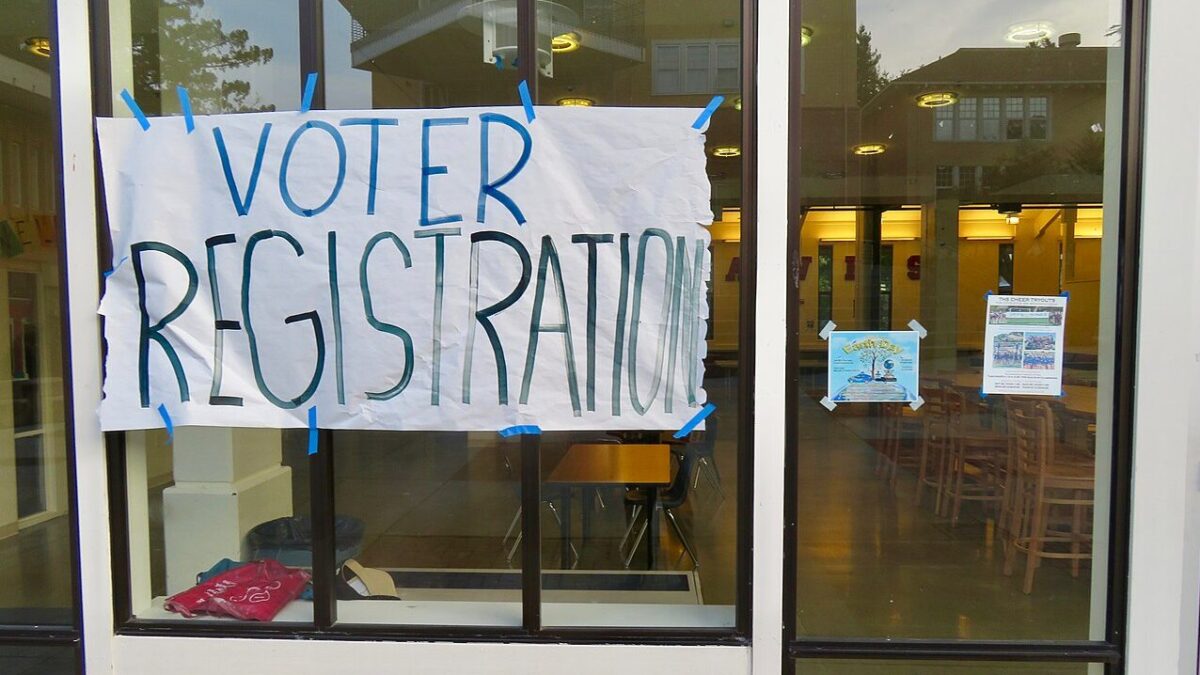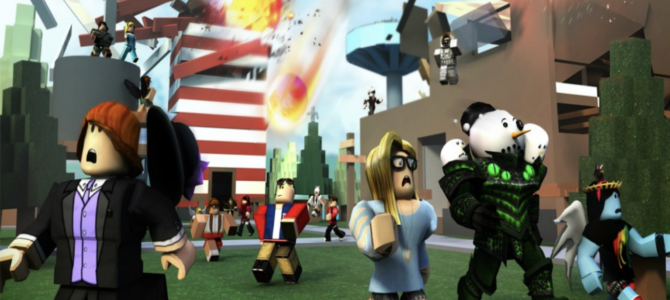
Every day some 40 million players, mostly children, log on to the most popular game in North America and Europe, and perhaps the world. Unless you are 15 years old or a parent of someone who is, however, you may never have heard of Roblox before. Yet even parents are unlikely to realize how crooked the Roblox Corporation is as it feasts on their credit cards and consumes child labor.
Roblox was released in 2006 by current CEO David Baszucki and Erik Cassel. It was designed to be an online multiplayer gateway in the vein of the user-generated game Second Life. Users would create games and environments freely available for anyone to play, but targeted for a much younger audience.
Instead of a game, Roblox considers itself a platform, akin to Valve’s Steam for PC or the Apple App Store. Unlike main competitors Minecraft and Fortnite, its strength is that users are developers and can design more than just stages and costumes. With Roblox, developers can build and morph the gameplay mechanics, too, thus creating games within the game.
That formula struggled in 2006 to gain traction but by 2016 it became a big hit. Now for those 40 million daily players, there are 40 to 50 million user-generated “experiences,” Roblox’s word for games, featuring both competitive and cooperative levels, simulations, and examples of every video game genre under the sun.
Some experiences are intuitive and as complex as any mainstream title, like Roblox’s most popular experience, Adopt Me. As the name implies, in that one players adopt, raise, or trade pets. Other times the experiences can be as simple as the one-stage Public Bathroom Simulator.
What all experiences have in common is that they are social and look a touch unpolished. Visually, Roblox is as ugly as sin, sporting a janky-looking crossbreeding between Minecraft and Legos, with yellow bucket-shaped headed avatars for its players and crude alpha-development-stage looking environments.
This sin-against-nature look is a feature, not a bug. That under-construction scheme is catnip for tweens who see unfinished as curious and not paltry. Today, as many as two-thirds of American children between the ages of 9 and 12 have played Roblox.
Due to COVID-19, millions of parents turned to Roblox for their kids as an escape valve against stress and isolation. Now some 200 million youngsters, primarily age 9 to 15, jump onto Roblox each month. Roblox has a $49 billion market cap on the stock exchange, which is seven times the size of open-world gaming goliath and Assassin’s Creed publisher Ubisoft.
Here’s How the Scam Works
Roblox is nefariously devised to milk kids for money and shunt them through the modern-day digital equivalent of the company store. They exploit children for their labor while doing little to protect them from the scammers, adult content, and radical political actors that feature on the platform.
While Roblox is technically free-to-play, many of those experiences and cosmetics users will encounter are locked behind paywalls only accessed via spending real-life dollars by credit card for Roblox’s in-game currency, “Robux.” Accidental purchases are common. There are a plethora of news stories, and social media postings of parents shocked to find a $2,000 bill from the Roblox Corporation on their MasterCard.
The video-game journalism YouTube channel, People Make Games, recently published a report documenting how the Roblox Corporation plies millions of children each year into freely developing content for Roblox with the never-fulfilled promise of popularity and cash.
Roblox’s main feature is the seemingly infinite amount of digestible and forgettable experiences for players to choose from. But this is also its Achilles heel. To keep their audience’s interest, it is necessary to keep content creation humming. But instead of developing those levels itself, Roblox audaciously outsources experience development to its adolescent user base.
Roblox heavily advertises becoming a developer on its homepage, app, and YouTube channel. Its social media is dominated by videos of children giving testimonials on successful development. The company goes as far as using educator materials and lesson plans to encourage teachers and students to start developing right away.
Using kids as fodder for development is baked into Roblox’s DNA. As noted by Wired, the Roblox Corporation’s vice president of marketing, Tam Bhaumik, admitted: “From the very beginning, it was about having kids develop games for other kids.”
Most of those 20 million experiences will never be seen by players. Only the top 1,000 experiences show up on the website and app, and just the top 200 get featured prominently. If you are a developer, you are left with only two real options to get players to see your work.
The first is to get lucky and hope some popular streamer on YouTube or Twitch will feature your work. Option two is what the Roblox corporation salivates over. Developers are given the option and encouraged to pay Roblox directly to advertise their experiences, based on rates determined in an online auction house for which developers bid against each other and do not in any way look like gambling.
It is easy to see how adolescent developers with underdeveloped brains would be easy to persuade into spending money to get their hard work seen. Success rates for this method vary wildly.
Kids for Cash at the Company Store
On the off chance your child’s creation is a hit, Roblox makes it difficult for developers to ever get paid. Instead of paying in dollars, the company rewards them in scrip, the previously mentioned “Robux.” And Roblox does all it can to make it difficult for that money to ever leave the company store.
If you want to exchange that Robux into your bank account, it requires you to have a minimum of 100,000 Robux, which is roughly worth $1,000. This feat is challenging. Even moderately successful developers might never see that many Robux throughout their career.
And suppose you somehow do get together 100,000 in scrip. In that case, Roblox determines the exchange rate, so for your $1,000 worth of Robux, all you might receive in your bank account is a third of what Robux says it’s worth: around $350 or so.
The Roblox Corporation advertises they proudly give out 24.5 percent of the cut to developers. But in actuality, a successful developer will only ever see 8 cents of every dollar, if that. That means Roblox rarely pays anyone for the deluge of content that satiates its player base, making money off desperate tykes hoping that someone will like their game.
And that is a big if. There is no copyright in Roblox. Suppose an established developer sees something about your kid’s experience that he likes and decides to swipe junior’s design. Well, too bad. The Roblox Corporation has such little care in general for copyright law that the National Music Publishers’ Association is suing them for $200 million in damages as Roblox’s customers upload their favorite tunes for their creations.
The problems for Roblox don’t stop there. The platform is infamous for its poor efforts at moderation and the endless battle Roblox engages in with child predators and scammers of all kinds. A popular Roblox Youtuber, Ruben Sim, replied to the People Make Games report by commenting: “They shouldn’t be taking over 80 percent of our revenue when game servers run poorly, the website constantly crashes, platform updates take years to come out, moderation is hated by virtually everyone and child predators run rampant.”
As the old Silicon Valley nugget goes; if you are getting something for free, you aren’t the customer, you’re the product. At the end of the day, developer, or player, parent, or kid; to the Roblox Corporation they’re only a cow to be milked.


